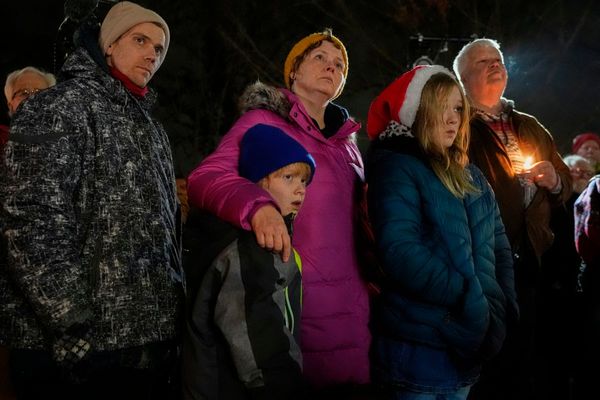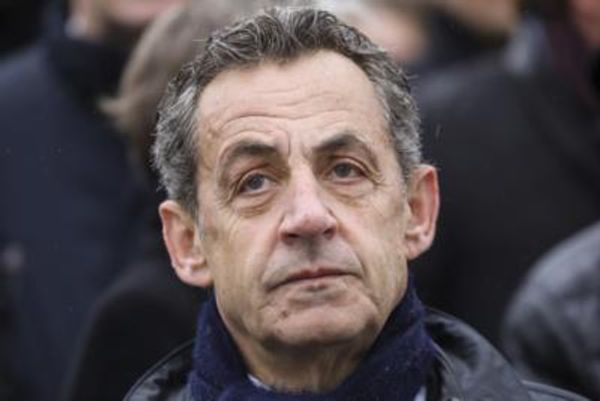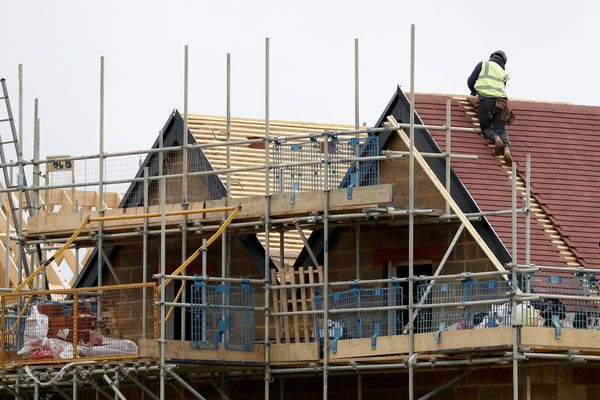
Australia’s two-party political system was challenged by community-backed candidates at the recent federal election with the trend tipped to continue at a state level.
A formula of fundraising efforts, social media influencers and examining analytics helped elect six new members and one senator to federal parliament in May.
Climate200 – a crowdfunding effort made up of 11,200 donors from across Australia – backed community-selected candidates to take on the major parties.
But executive director Byron Fay says the success of independents at the 2022 election is just the beginning.
“The result was a launchpad for the community independents movement, not a landing zone,” he told the National Press Club on Wednesday.
“For too long, Australian politics has been the domain of political staffers, faceless men and factional warlords who rely on people being disengaged with politics.
“Change is beckoning: Australians want real people, real conversations and real democracy.”
Social media influencers were also key to targeting young people, a voting cohort described by Mr Fay as hard to reach yet critical to success.
With NSW and Victoria set to hold elections within the next 12 months, Mr Fay said it was up to communities to judge whether their MPs were adequately representing them.
“Our model is demand-driven … we as Climate200 don’t start campaigns, we don’t pick candidates, so it’s all down to where the community mobilises,” he said.
“That’s a hypothetical right now. There is some momentum building in Victoria, but it’s a long way from being the type of campaign that we would be supporting at this point in time.”
Climate200 has already disclosed billionaire philanthropist Simon Holmes à Court donated $250,000, but not whether businessman Mike Cannon-Brookes has contributed.
Mr Fay insists the organisation has been “scrupulous” in following Australian Electoral Commission requirements and will disclose all donations over $14,500, in line with current rules.
“We were clear that we were never going to be the sole funder for any campaign … limiting our donations to matching what had already been raised locally by the campaigns themselves,” Mr Fay said.
This technique raised $13 million from more than 11,000 donors by election day.
“Our donors came from all walks of life … a third of our donors from rural and regional Australia … they hail from every single electorate in the country, all of them hope for a better future for the planet and a more civilised politics,” Mr Fay said.
He said he would support campaign spending caps, but not in a way that disadvantages future community-selected candidates.
Major parties are known to use pork barrelling as a means to win votes in the lead-up to elections, Mr Fay said, and a “root and branch” review would be needed to ensure caps did not benefit incumbent candidates.







